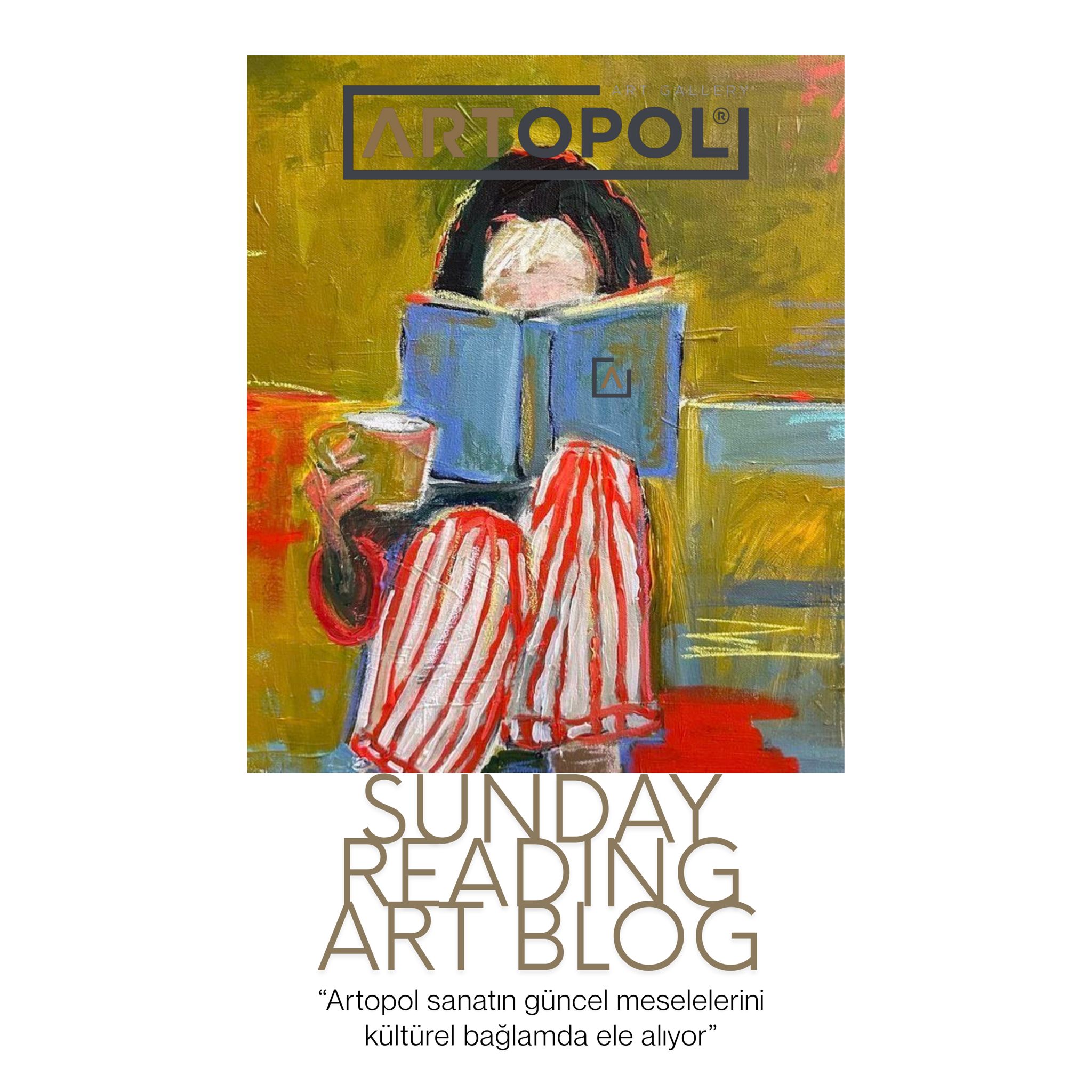The United States, which inherited Europe’s legacy but now sought to create its own culture, took significant steps in the 20th century. It was well understood that culture played a vital role in shaping national identity. Before the shift brought by abstract art — which America, the “land of freedom,” spread across the world almost as a form of propaganda — the 1930s saw a period grounded in figurative art.
In American painting of the 1930s, a realist and romantic style predominated. The difficult post–World War I years and the 1929 Great Depression, also known as the Global Economic Crisis, played a major role in this. While artists grappled with real social issues, they turned toward producing realistic works. For instance, the American Regionalist School — or simply Regionalism — was a significant art movement that rejected Europe’s artistic dominance and chose instead to draw inspiration from its own national values, producing realist works in the process.
Regionalism, shaped by the distinct styles of various artists, depicted scenes from rural and small-town America through academic forms. One of the movement’s leading figures, Grant Wood, created an icon of American art with his painting American Gothic. The painting portrays a farmer standing in front of his house with his daughter, and it was titled after the architectural style of the house in the background.

Wood used his sister, Nan Wood Graham, and his dentist, Byron McKeeby, as models for his solidly built figures. Depicting the attire and atmosphere of early 20th-century rural America, and marked by the artist’s distinctive style, American Gothic has been parodied countless times — even in cartoons. This, in turn, amplified its fame. As a result, Grant Wood and his iconic painting remain among the first names that come to mind when one speaks of American art.
Written by: Zeynep Dikmen



